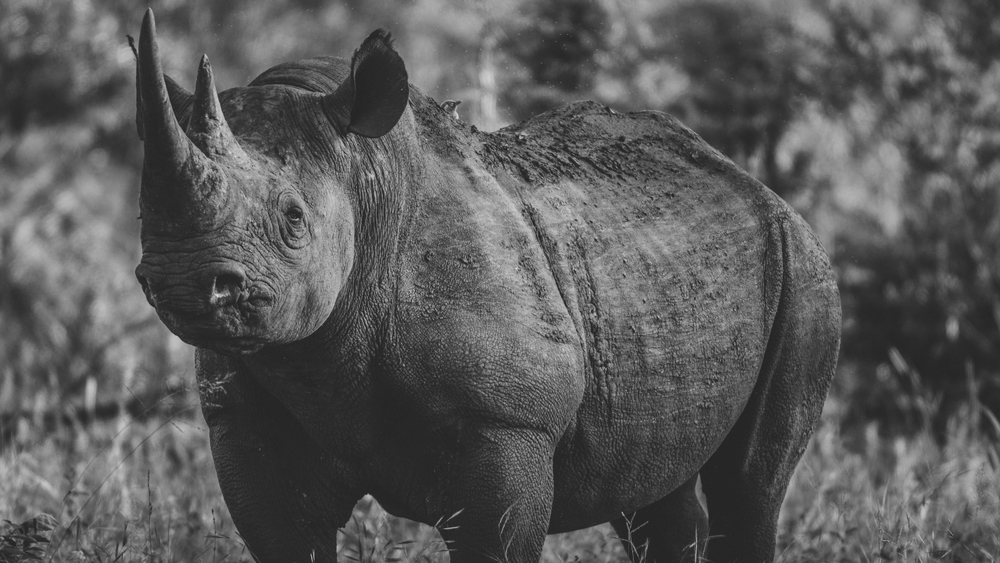How Humans Have Caused the Most Recent Wave of Extinction
Posted on Categories Discover Magazine

The human age we live in has impacted nearly all life on our planet. Some of the worst of these effects are the extinctions and extirpations of an untold number of species over the past few thousand years at an accelerating rate. The most recent wave of extinction has led some scientists to call our period the Anthropocene Extinction, along with the Sixth Mass Extinction.
In the past, the giant Chicxulub impactor caused the end of the non-avian dinosaurs and many other lifeforms 66 million years ago. Other extinction events included the initial growth of trees, which likely caused the death of 70 percent to 80 percent of animal species on Earth in the Devonian, starting 375 million years ago.
But today, humans are making an impact to the planet. So what are the root causes of this latest extinction event? It’s complicated, and several factors combine to cause most of the extinctions on Earth.
Human Development of Vital Habitat
One of the largest causes of extinction across the world is habitat loss, usually due to development and human expansion. This often includes everything from the destruction and deforestation of rainforests for housing developments, farms, and ranches.
Intentional fires and logging have caused the loss of 20 percent of the Amazon since the 1960s, along with the disappearance of untold species. Researchers predict that a further 21 percent to 40 percent of the Amazon forest will be lost by 2050.
As humans destroy natural lands to build homes, plant crops, and erect fences and roads, it brings a whole barrage of problems to wildlife in the area. Development can also bring chemical pollution – which can leach into freshwater supplies — sound, and light pollution to the area.
With no habitat or food resources, the animals could also be at risk for poaching. In an effort to stymie these losses, conservationists and researchers are pushing to get 30 percent of the planet protected by 2030.
Read More: How Do We Know When a Species Is Extinct?
Introducing Avoidable Disease
Another major cause of extinction in the Anthropocene is disease. And it doesn’t just pop out of nowhere. It’s often brought in by invasive species. In fact, some diseases can even be considered invasive.
Take avian malaria, a protozoan parasite that affects birds. In many parts of the world, birds have evolved to cope with it, for the most part. However, the disease and the mosquitos that carried it were introduced to Hawaii relatively recently. The disease has cut a swath through the dozens of native honeycreeper species on the archipelago, driving a third of them extinct. A few more, like the ‘akikiki and ʻakekeʻe, are barely hanging on.
Perhaps the worst wildlife disease is caused by the chytrid fungi Batrachochytrium dendrobatidis and Batrachochytrium salamandrivorans. Originally native to Asia, these diseases spread throughout the world starting in the 1970s, driving dozens of species to extinction in Australia, the Americas, and, more recently, Africa.
Read More: Scientists Are Trying to Save These Animals From Extinction
Overhunting and Poaching Causing Decline
The late Pleistocene saw the extinction of a number of iconic, large species like saber-toothed cats, mammoths, and mastodons in various parts of the world, including the Near East and the Americas. While the warming of the Earth after the last ice age may have played a role in their disappearance, human expansion was thought to be a larger factor, according to recent research.
“Total megafauna abundance, biomass, and energy turnover decreased by 92 to 95 percent over the past 50,000 years, implying major human-driven ecosystem restructuring at a global scale,” Juraj Bergman and his colleagues wrote in the study.
And this pattern of extinction hasn’t stopped since humans emerged from the Stone Age. The northern white rhinoceros subspecies was declared extinct in the wild, while the International Union for Conservation of Nature declared the western black rhino extinct. Several subspecies in Asia are also extinct or extinct in the wild. Meanwhile, other large species, like African elephants, are declining rapidly due to poaching.
Read More: Everything You Need to Know About the Saber Tooth Tiger Extinction
Climate Change Is Increasing the Rate of Extinction
Perhaps the most difficult to control is climate change and it isn’t a new problem for wildlife. The natural cycles of ice ages and warmer periods have always caused extinctions. However, the pace of climate change has increased drastically since the Industrial Age.
It’s hard to gauge exactly how climate change has caused extinction as there are often a number of confounding factors. Particularly vulnerable species are those that can’t move polewards as their natural habitat gets too warm. These include species whose entire range lies in isolated bodies of water, isolated mountain ridges, or those that live on small islands. The Bramble Cay melomys, on a small island in Papua New Guinea, may have been the first recognized mammal to go extinct due to climate change in 2019.
Research also shows that localized extinctions, or the elimination of populations, are accelerating in some cases.
“As climate change accelerates, the pace of these extinctions may also accelerate, potentially leading to large-scale, species-level extinctions,” Kim Holzmann and her colleagues wrote in the study.
Read More: What Animals Are Going Extinct?
Article Sources
Our writers at Discovermagazine.com use peer-reviewed studies and high-quality sources for our articles, and our editors review for scientific accuracy and editorial standards. Review the sources used below for this article:
Joshua Rapp Learn is an award-winning D.C.-based science writer. An expat Albertan, he contributes to a number of science publications like National Geographic, The New York Times, The Guardian, New Scientist, Hakai, and others.